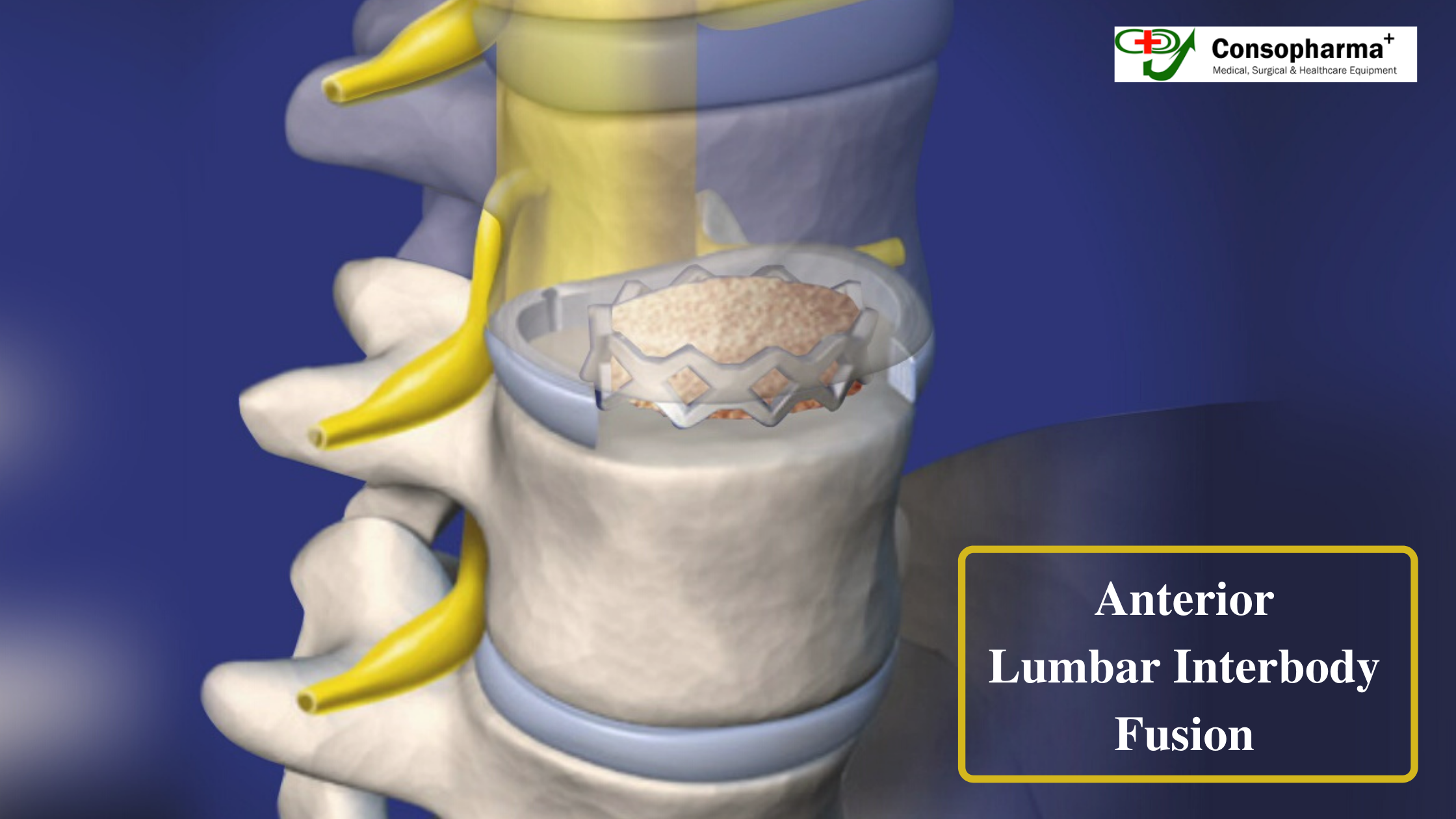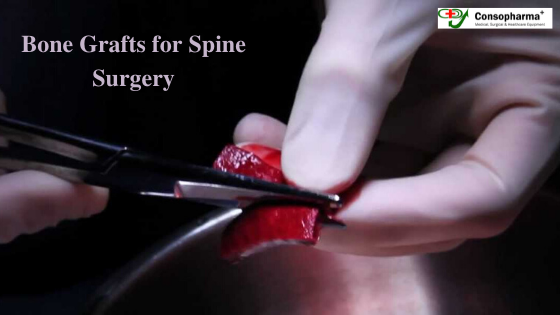Cannulated Screws: Its Specification and Uses

Cannulated screws can be both cancellous and cortical. Generally, a Cannulated screw has a hollow central shaft. Those cannulated screws that are cancellous are mainly utilized for metaphyseal fractures. On the other hand, cannulated screws that are cortical, are used in the form of lag screws to fix diaphyseal fractures. Also, it is recommended to get the best cancellous bone screw.
One of the most significant advantages of using cannulated screws is that they are inserted with the help of a guide pin or guidewire. This guide pin is much small in diameter than the cannulated screw. As a result, it can be inserted several times for an accurate and perfect placement if needed. In this way, less damage is done on the bone.
One typical example of a cannulated screw is the Knowles screw, which is cancellous. This Knowles screw is used to fix slipped femoral epiphysis in kids. In addition to this, an orthopedic locking plate is also good.
The Cannulated screw system is utilized for fixing fractures, osteotomies of both small and large bones, and fusions. One of the best things about Cannulated Screws is that every screw is either fully or partially threaded with the utilization of a cancellous threaded form.
Those Cannulated screws that are partially threaded are utilized to lag one bone part to another part. In this process, the fragment of the bone is captured by the screw threads. After that, it is pulled towards the cortex fragment, which is on the screw’s head side. In the case of fully threaded screws, they are utilized for stabilizing fractures with almost no use of compression over the fracture.
Another great advantage of using cannulated screws is that they allow minimally invasive percutaneous insertion. Also, we will find the usage of the cannulated screw system in the foot, hip, pelvis, ankle, and knee.
Now, let’s dig deeper into,
What are the featured of the cannulated screw system?
A Cannulated screw is designed in such a way that it is minimally invasive. This type of design reduces the period of hospital stay and is cost-effective. It is particularly helpful for tibial plateau fracture as it assists in early mobilization.
The cannulated screw system is a traditional approach to the management of fracture. Also, it provides higher-cost options with equal outcomes clinically.
Cannulated screws are used to reduce irritation on soft tissue.
It is also helpful regarding removing screws that are partially threaded.Lastly, cannulated screws can also eliminate the tapping option in most cases as it designed to facilitate insertion.
Types of cannulated screws and their applications –
1. Cannulated screws 4.0 mmThis type of cannulated screws are used for treating fractures are medial malleolar and posterior malleolar. It is essential to get it from the best bone locking screw suppliers.
2. Cannulated screws 6.5 mm
A Cannulated screw of this kind is used for treating head and femoral neck fracture. Apart from this, it also helps in treating ankle arthrodesis, triple arthrodesis, and subtalar arthrodesis.
3. Cannulated screws 7.3 mm
It is used to treat an acetabular fracture, calcaneal fracture, and so on.




